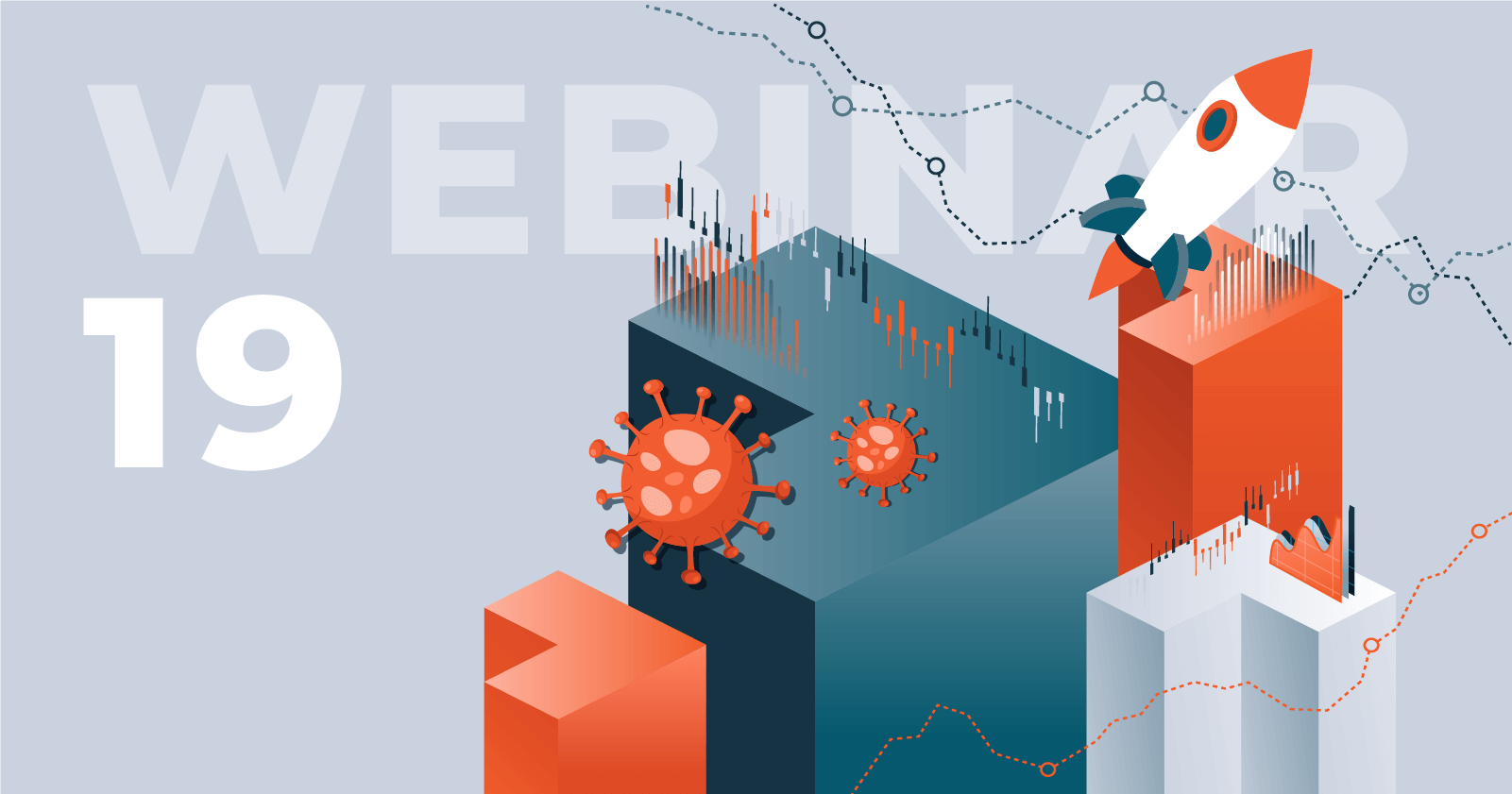Portfolio insights:Litmus Automation - Real Time Production Monitoring
Ken Forster

At Momenta, we bring a unique combination of experience to help founders and management teams meet the challenges of building and sustaining start-ups, and enabling companies to realize their full potential. We're proud of our portfolio companies and in the coming months we will be featuring the insights and experiences of a portfolio company. It's a great opportunity to share their first hand knowledge with the Momenta Community.
This guest post is written by John Younes, co-founder and COO of Litmus Automation. Litmus was founded in 2014 and since then has made incredible strides in the Industrial IoT industry, recently being named a Gartner Cool Vendor in their May 2018 IoT Platforms report and rated as a leading vendor in MachNation’s 2018 IoT Edge ScoreCard. Litmus Automation’s offerings, LoopEdge and Loop, work seamlessly together to allow companies to access and exploit data previously trapped within enterprise hardware, no matter where or when it was deployed. Litmus Automation focuses on the Industrial and Automotive industries, and counts Fortune 500 companies as clients and partners including Nissan, Renault, HPE and Intel.

|
John Younes
Co-Founder and COO |
Manufacturing is one of the most prevalent industries ripe for implementing IIoT solutions. Manufacturers have many different sites with critical assets spread across various disparate geographies, and downtime is the biggest problem. I have seen a customer endure just an hour of downtime on a critical machine, which stopped their complete production run and cost them $30,000 in losses for every hour the machine was down. IIoT solutions can optimize uptime and solve these types of problems.
There are some early IIoT adopters in manufacturing - and many more who are dipping their feet in the water but aren’t quite sure where to begin to implement a fully functional IIoT project. One of the challenges as customers study and consider IIoT solutions is the lack of use cases. Customers want to be able to see how someone else is implementing a solution - but those early adopters are hesitant to share details of their projects for obvious competitive reasons. So, we want to share a use case that is based on a real customer project as an example of how the manufacturing industry can embrace IoT.
Case study: Analytics in an Automated Assembly System
Background:
The customer is a leading contract manufacturing company that delivers design, engineering, manufacturing and logistics services to a range of industries and end-markets. This particular division builds production and assembly lines for their customers. The company had designed a new automated system that can be configured to build and assemble several different types of products continuously with the use of robotic arms. It was important for them to be able to provide advanced analytics, monitoring and reporting on top of this new automated assembly system.
Problem:
Quality assurance has always been a core challenge in the manufacturing industry and there were a few key problems the company faced in order to optimize the assembly process. First, there were many different subsystems in a single assembly line and they had to figure out how to collect real-time data coming out of different sensors and PLCs. Second, once this data was available they had to find a way to standardize this data so they could visualize it both at the OT level (Floor Supervisor), and in the cloud/IT level (Plant Manager). Finally, once this data was available in the Cloud, they wanted to be able to enforce higher quality control over the assembly process, in order to give better assurance of the final product to their customers tomminimize disassemble and warranty costs.
Solution:
Litmus Automation provided a combined solution for both OT and IT by leveraging LoopEdge and Loop. At the factory floor level, LoopEdge was installed on a Kontron-based Industrial PC. Once LoopEdge was installed, serial and TCP based communication drivers were used to collect data from different sensors.
A force sensor from ATI Industrial Automation was sending robotic arm coordinate values continuously via a serial protocol. The Omega sensor was collecting temperature, humidity and dew point along with a timestamp, and data was sent via a standard serial protocol. LoopEdge was also collecting robot specific details like torque, angle and rate from Atlas Copco sensors. And finally, the robot movement details were collected via OPC protocol by LoopEdge. To handle the high velocity and volume of the various data types, an algorithm was deployed in LoopEdge to normalize, analyze, and parse the data at the edge.
Once the processed data was available, it was visualized on a local dashboard at the operator level and pushed to the Loop platform with sub-second latency. The real-time processed data was passed to Loop Insights for further analytics and advanced visualization at the cloud level. Reports and mobile notifications were then generated after each cycle for the plant manager to be able to review specific parameters in the assembly process.
Once a sufficient amount of data was available over time to discover anomalies within the data, rules were set at specific threshold levels in order to generate alerts. Alerts were sent out via text message when these specific anomalies took place, in order to warn the operator that the system was not performing efficiently.
The Need For Clean, Structured, Real-Time Data
This use case teaches us a valuable lesson about the most immediate need for manufacturers getting started in IIoT. Clean, structured, real-time data is one of the most immediate needs manufacturers are looking to address. They have data trapped inside of legacy devices and machines, and without normalized access to this data, advanced IIoT projects such as predictive maintenance or prescriptive analytics are difficult to achieve. The most successful manufacturers are implementing IIoT by starting with basic data collection and working to achieve complete visibility over all their machines and assets. Once these have been successfully implemented, manufacturers can get into more advanced use cases such as predictive and prescriptive maintenance.
If you have questions about IoT data platforms, or have other myths and realities you’d like to share, please visit us at Litmus Automation or follow us on Twitter @litmusautomation.

Momenta Partners encompasses leading Strategic Advisory, Executive Search, and Investment practices. We’re the guiding hand behind leading industrials’ IoT strategies, over 100 IoT leadership placements, and 17+ young IoT disruptors. Schedule a free consultation to learn more about our Connected Industry practice.




